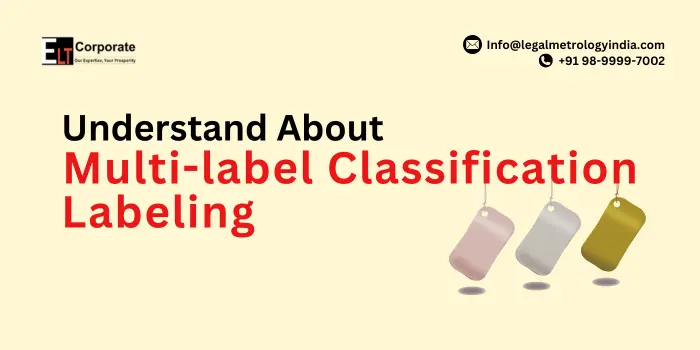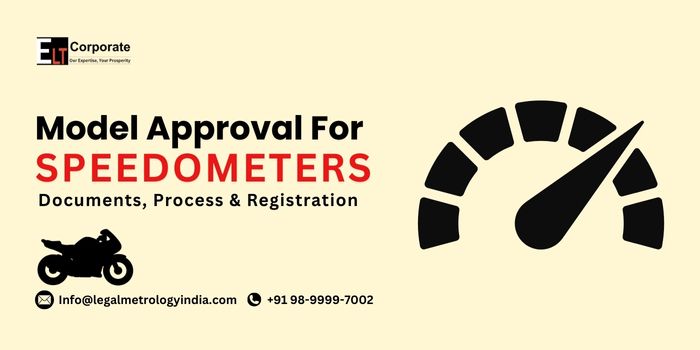If you are struggling with multilabel classification, you are at the right place. It is one of the biggest challenges to classify data that can belong to multiple categories. This concept can significantly enhance your data analysis support and improve decision-making processes. If you’re ever struggling with categorizing data into one single label you are not even alone there are many with the same problem. Numerous organizations face difficulties trying to assign multiple labels to a single instance of the dataset without wasting time let’s get a start and know what is multi label classification.
Why Is Multi Label Classification Important?
Multi-label classification is a machine-learning technique used to classify instances into multiple categories or labels. It’s not like any other traditional single-label classification where each instance belongs to only one class but multi-level. Classification allows an instance to belong to more than one class. This is particularly useful in scenarios where data is inherently multi-phase.
We can understand it as considering a new article can belong to several categories like politics technology and health. Traditional classification would limit it to just one category while multi-label classification captures the complex.
How Does Multi-Label Classification Work?
Multi-label classification operates through so many algorithms designed to predict multiple vehicles for a single. Instance, these algorithms can be categorized into two main types problem transformation method and algorithm adaptation methods. Problem transformation method converts the multi-level classification problem into multiple single-label problems, for example, you could apply binary relevance or classifier genes. On the other hand algorithm adaptations method modify existing algorithms to handle multi-label data. Directly understanding these approaches can even help you to choose the right method for your specific requirements.
What Are the Common Algorithms Used in Multi-Label Classification?
Numerous algorithms can effectively handle multi-label classification tasks. Some of the most commonly used are you please look below to check out the common algorithm.
- Binary relevance treats each label as an independent binary classification problem.
- Classifier challan links binary classifiers in a chain where each classifier considers the predictions of the previous ones.
- Multi-label K nearest neighbours extend the algorithm to handle multi-label data.
- Random forest and ensemble learning methods can be adopted for multi-level classification.
Where Is Multi-Label Classification Used?
Multi-label classification has a wide range of applications across so many fields it is commonly used in dimension reasons below
- Text classification categorization document into multiple topic and genre
- image tagging assigning multiple labels to images based on their content
- Music recommendations suggesting songs that fit multiple genres or moods
These applications demonstrate how versatile and powerful multiple multi-label classification can be in addressing complex data challenges.
When Should You Use Multi-Label Classification?
You should consider using multi-label classification when your data has instances that naturally fit into multiple categories. If your cases involve overlapping classes or required nuisance categories. These methods will provide more accurate results than fragile single-label classification. Additionally, if you are developing a product or service that relies on user preferences. Multi-level classification can help filler recommendations leading to improved user satisfaction.
Who Can Benefit from Multi-Label Classification?
Many stakeholders can benefit from implementing multi-label classification. Techniques data scientists machine learning engineers and business analysts can improve their projects by incorporating this classification method. Moreover, companies in e-commerce entertainment and news can leverage classification to offer personalized experiences and improve operational efficiencies.
Conclusion
In summary, multilateral classification is a very powerful technique that can enable the classification of instances into multiple categories by understanding its significance common algorithms and applications can leverage this method to enhance your data management strategies but as businesses and technologies continue to evolve mastering labour classific Will become increasingly important this approach not only helps improve accuracy but also open up new adventures for understanding complex data sets.
FAQ
What is Multi Label Classification?
Multi-level classification is a machine-learning technique that classifies instances into multiple label categories.
How does Multi-Label Classification differ from single-label classification?
Unlike single-label classification which assigns one category multi-label classification allows multiple categories.
What are some common algorithms used for Multi-Label Classification?
Common algorithms include binary relevance classifier chairs chains and multi-label k-Nearest Neighbors for Multi-Label (ML-kNN).
In what fields is Multi-Label Classification commonly applied?
It is used in text classification image tagging and music recommendation among others.




